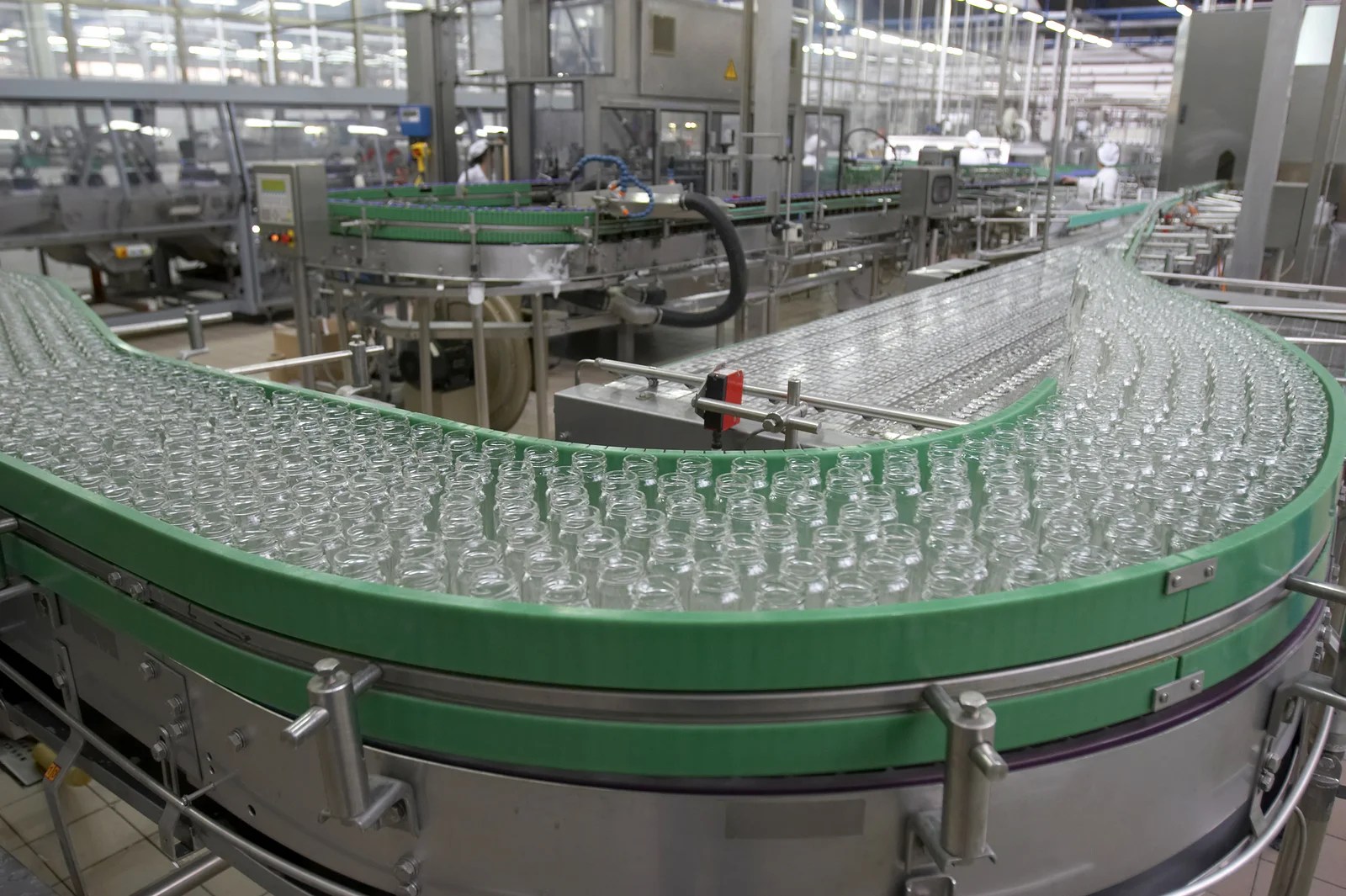Operation Opson is a joint activity of Interpol and Eurpol that targets counterfeit and sub-standard food and beverages.
This year marks the tenth iteration of Operation Opson.
Operation Opson X ran from December 2020 to June 2021 in 72 countries. Food and drinks worth €53.8 M were seized and 663 arrest warrants were issued. Honey, beverages and horsemeat were areas of focus for this operation. You can find the official Europol press release here.
Honey
Authorities performed 495 checks on honey samples as part of Opson X. Samples were obtained from all along the supply chain, including from the farmgate, wholesalers, distributors and retailers. Most of the checks aimed to detect added sugars or corn syrup in the honey. Of the 495 checks, 7% were found to be non-compliant and 51,000 kg of honey was seized.
Beverages
During Opson X, the most problematic beverages were wine and vodka. A total of 1.7 M liters of alcoholic beverages were seized by authorities. For wine, fraudulent bottling and labeling was a notable problem, with wine bottling operation(s) in Italy allegedly applying labels that misrepresented the geographical origin of the wine. In Spain, whisky with added colorant was found. The colorant was said to have been added to enhance the perceived quality of the product.
Horsemeat
Horsemeat and the use of unapproved horsemeat for human food continues to be a focus for food fraud enforcement in Europe. During Opson X, authorities uncovered sophisticated operations in which horses that were not approved for human consumption were being traded across international borders with false documents. Investigations are continuing.
Other Meat
A survey of meat products in Germany found that 3% of samples (n = 264) were affected by species substitution, that is, the meat contained species that were not declared on the label. Source: Food Safety News
Unsafe and Fraudulent Seafood
Spanish and Portugese authorities identified illegal fishing of bivalve seafood such as clams in a wide-ranging investigation. The seafood was harvested illegally and was not processed, handled or labeled properly, resulting in potential food safety issues. At least 12 fishing vessels were implicated.
Food Supplements
In this iteration of Operation Opson, food supplements and additives were the second most seized food type, by quantity, after alcoholic beverages. At the time of writing no details of such seizures are available.









